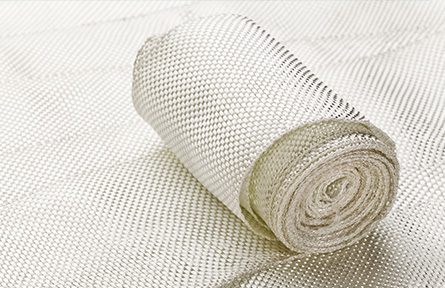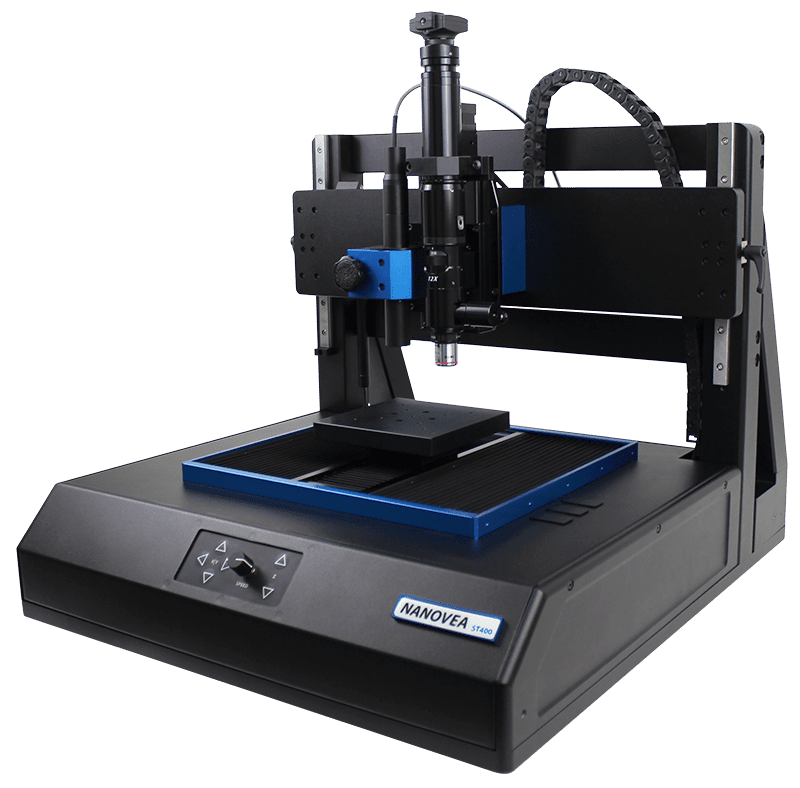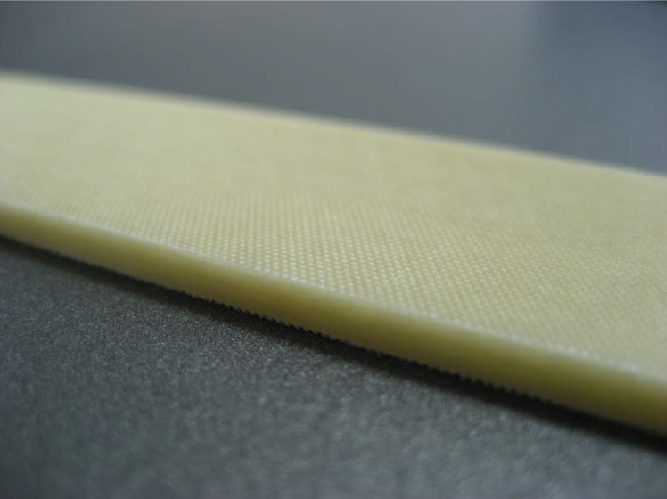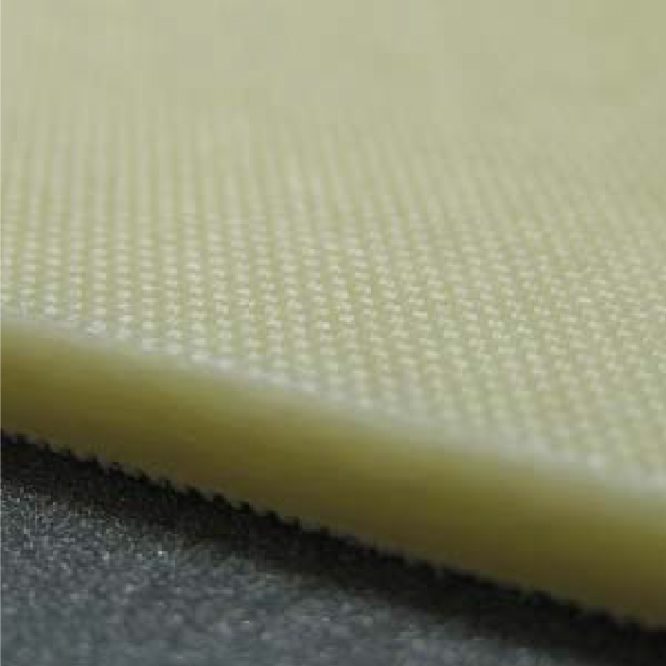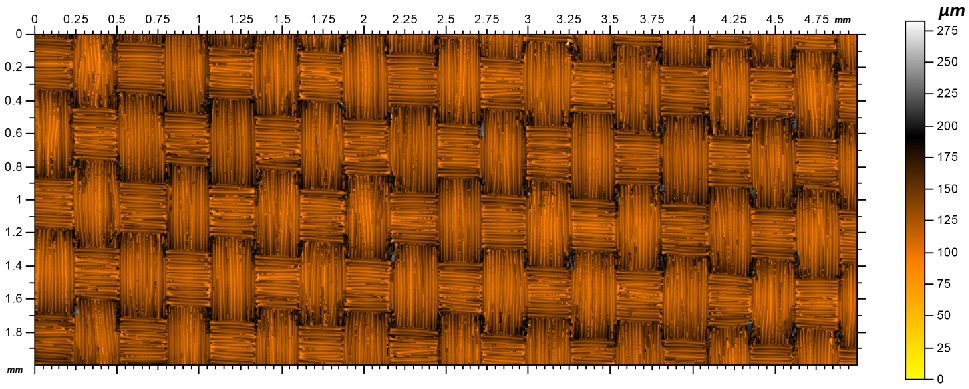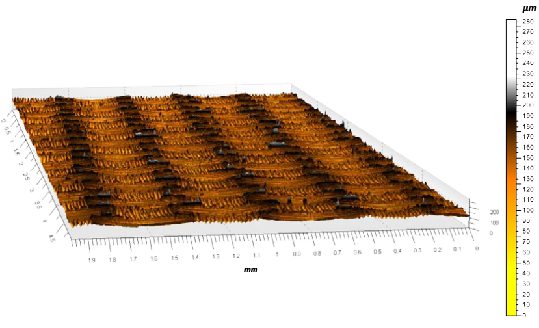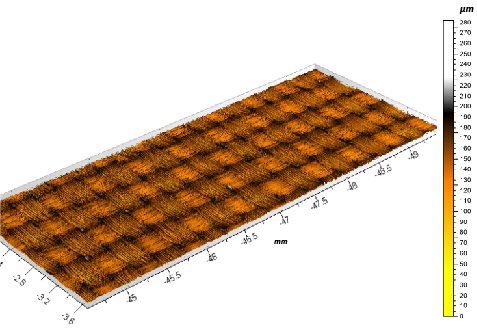INTRODUCTION
Fiberglass is a material made from extremely fine fibers of glass. It is used as a reinforcing agent for many polymer products; the resulting composite material, properly known as fiber-reinforced polymer (FRP) or glass-reinforced plastic (GRP), is called “fiberglass” in popular usage.
IMPORTANCE OF SURFACE METROLOGY INSPECTION FOR QUALITY CONTROL
Although there are many uses for Fiberglass reinforcement, in most applications it is crucial that they are as strong as possible. Fiberglass composites have one of the highest strength to weight ratios available and in some cases, pound for pound it is stronger than steel. Aside from high strength, it is also important to have the smallest possible exposed surface area. Large fiberglass surfaces can make the structure more vulnerable to chemical attack and possibly material expansion. Therefore, surface inspection is critical to quality control production.
